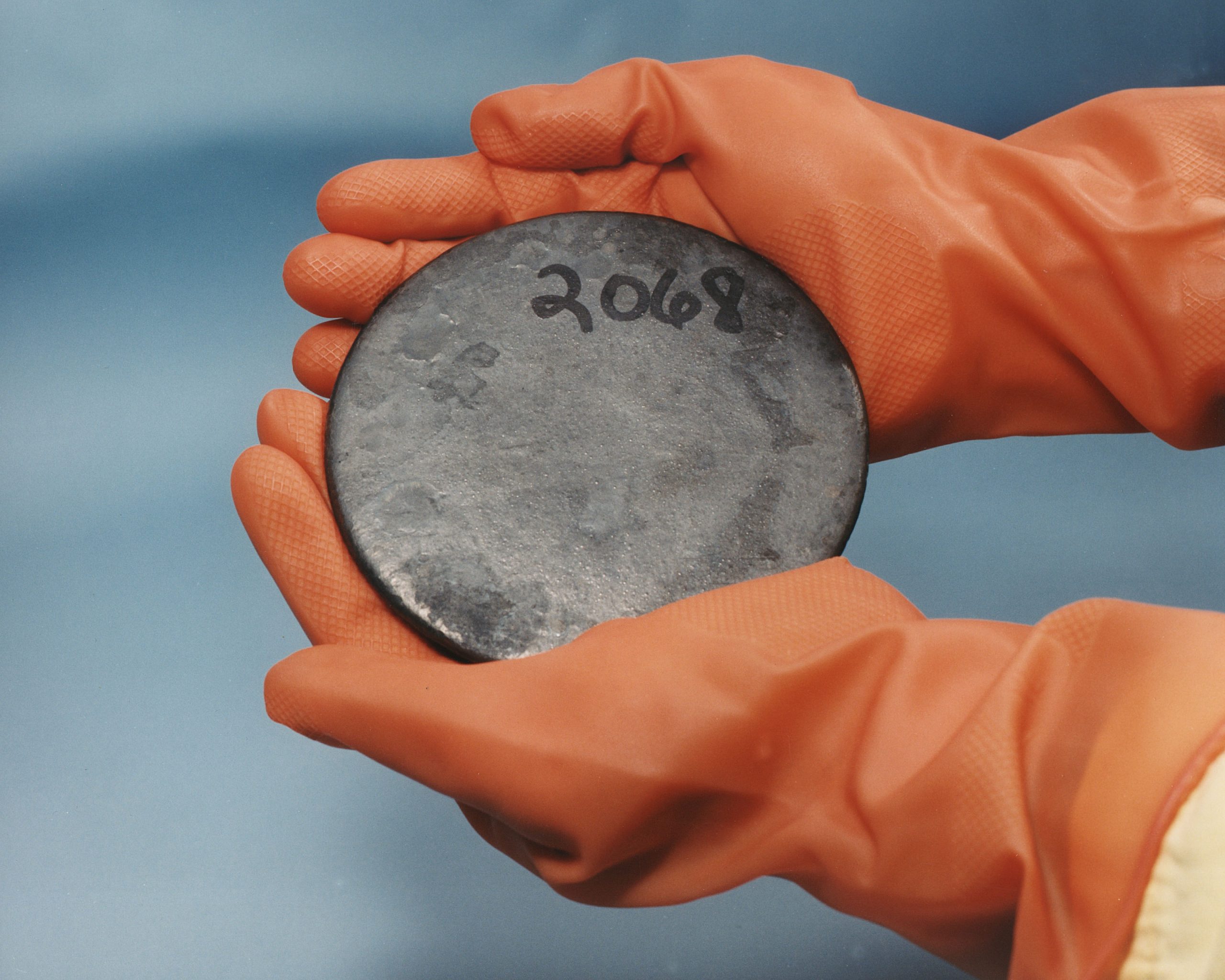Ending Fissile Materials Production: A Fissile Material Cut-off Treaty and Beyond
APLN Policy Brief 49
The following is a summary. Click on the adjacent link to download the full brief.
The stalled negotiation of a fissile materials cut-off treaty (FMCT) may finally be restarted by the setting up of a high-level expert preparatory group whose mandate is to make recommendations on substantial elements for a future treaty. Meanwhile, the world (except the nuclear weapon possessor states, and those states under the umbrella of extended nuclear deterrence arrangements) welcomed the adoption of the Treaty on Prohibition of Nuclear Weapons (Ban Treaty) in July 2017. Given the Ban Treaty prohibits production of nuclear weapons, the need for an FMCT would decline if the Ban Treaty were to be signed by states that can produce fissile materials for nuclear weapons (“capable states”). At present though, “capable states” are unlikely to sign the Ban Treaty and thus an FMCT remains important. Furthermore, as the global stockpile of fissile materials is increasing due to increased production for non-nuclear weapons use, including civilian nuclear power programs, the ban on the production of fissile materials should go beyond FMCT and include a ban on production for civil power generation. In order to minimize the risk of nuclear security and diversion of fissile materials, it is a good time to be thinking about banning the production of fissile materials for all purposes.
About the Author
Tatsujiro Suzuki has a PhD in nuclear engineering from the University of Tokyo (1988) and is Director and Professor of the Research Center for Nuclear Weapons Abolition, Nagasaki University. Before joining RECNA, he was a Vice Chairman of Japan Atomic Energy Commission (JAEC) of the Cabinet office (2010–14). He was an Associate Vice President of the Central Research Institute of Electric Power Industry in Japan (1996–2009) and Visiting Professor at the Graduate School of Public Policy, the University of Tokyo (2005–09), an Associate Director of MIT’s International Program on Enhanced Nuclear Power Safety (1988–93) and a Research Associate at MIT’s Center for International Studies (1993–95). He is also a member of Executive Committee and Council of Pugwash Conferences on Science and World Affairs (2007–09, 2014–present).
Image: Pixy stock.




